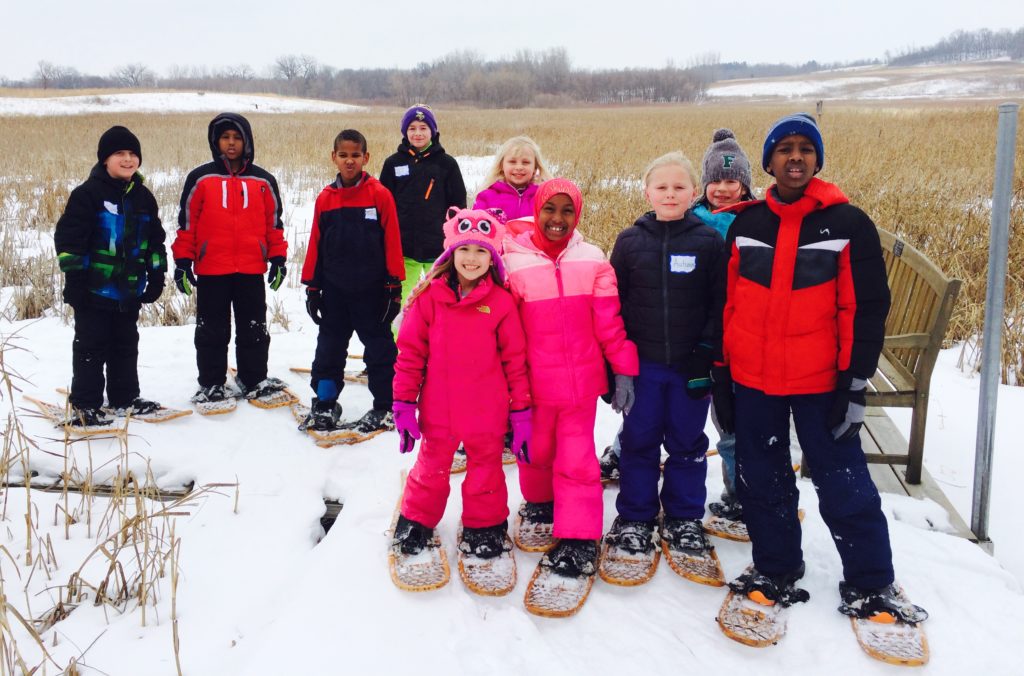We have a new facebook page. Like or Follow our page to keep up to date with our events.

Snowshoe Rental & Cross-Country Ski TrailsSkiers 16 years old and up must have a Minnesota State Ski Pass. Our trail grooming is funded through a state grant that relies on the pass funds. Passes be purchased online through the above link to the Minnesota DNR website. |
| Snowshoes Available for Rent during pop up events only in 2022. Also available for snowshoe programs. Daily Rental Fees Cross-Country Ski Trails The funds from the Great MN Ski Pass go back into maintaining ski trails all over the state year after year! Trail Hours:
Trails are usually groomed the day after a new snow. You may check the current status of our ski trails on our web site once the season begins. |
|
||||||||||
|
Snowshoe Information
|
|||||||||||


